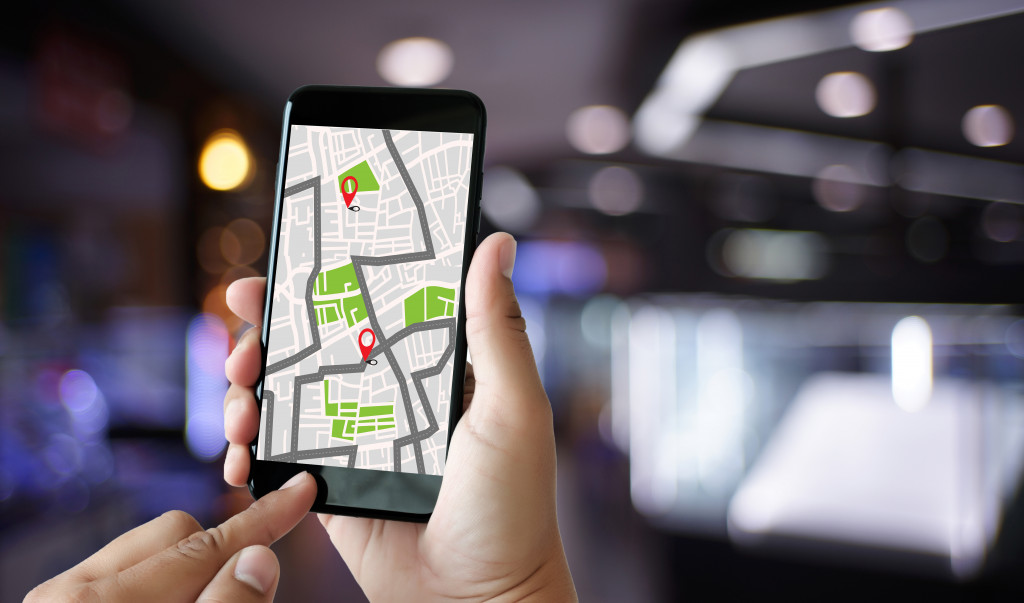- Consider surgical options, such as cataract surgery, refractive surgery, and implantable devices to improve vision.
- Utilize assistive technologies like low vision aids, adaptive lighting, and audio aids.
- Plan ahead by mapping out routes beforehand and establishing a routine for everyday tasks.
- Talk about your condition with family and friends, or join a local support group.
- Consider getting a service dog to provide companionship and help with tasks related to low vision.
If you’ve recently been diagnosed with low vision, you may be feeling overwhelmed. It can be challenging to adjust to a new way of living, but it doesn’t have to feel that way. With the right strategies and treatments, you can resume an active lifestyle and start moving forward again. Here are some tips and tricks to take note of.
Consider Surgical Options
Depending on the type of vision loss you’re dealing with, there may be surgical solutions available to help improve your sight. It’s important to consult with your doctor and discuss the potential benefits, risks, and long-term outlook associated with any treatment option. Here are some examples:
Cataract Surgery
A cataract is a condition where the lens of your eye becomes cloudy and affects your vision. Effective cataract surgery removes the clouded lens and replaces it with a clear one to improve your sight. In some cases, this procedure can even restore vision to 20/20.
Refractive Surgery
Refractive surgery is a type of corrective eye surgery to fix refractive errors—like near- or far-sightedness—and reduce your dependence on glasses and contacts. Common procedures include LASIK (laser-assisted in situ keratomileusis) and PRK (photorefractive keratectomy).
Implantable Devices
For people with more severe vision loss, implantable devices are available to help restore some sight. These tiny devices—which can be surgically implanted in the eye—provide electrical stimulation to trigger neurons and improve vision.

Look into Assistive Technology
If surgery is not an option, assistive technology designed specifically for people who are visually impaired or blind is a viable alternative. Researching these options can help you find the best fit for your needs. Here are some common types:
Low Vision Aids
Low-vision aids are devices that can magnify or enhance existing vision, making it easier for you to read and identify objects. Examples include lenses, telescopes, and electronic magnifiers. There are even apps offered by organizations specifically designed to help those with vision loss.
Adaptive Lighting
Lighting is an important factor in making activities easier for people with low vision, so adaptive lighting solutions can be beneficial. This includes using “smart” lightbulbs that offer adjustable brightness and temperature settings, as well as lights that are triggered by motion or sound.
Audio Aids
For those who are entirely blind, audio aids that provide spoken or auditory feedback can be beneficial. Examples include voice-enabled devices and apps, as well as specialized tools like talking watches or tactile maps.
Plan Ahead
Planning ahead is critical when it comes to living with low vision. For example, if you know you’ll be going out in public, try to map out the route beforehand so that you can minimize potential obstacles or detours along the way.
Additionally, take advantage of technology like GPS systems or mobile apps that can offer step-by-step directions when needed. These are especially helpful when navigating new or unfamiliar areas.
On top of that, it’s crucial to have a plan in place for everyday tasks like grocery shopping or meal preparation. Having a routine will help make things easier and less stressful overall.

Talk About It
Living with low vision doesn’t mean giving up on your social life—in fact, talking about your condition can be very beneficial. Reach out to family members or close friends who understand what you’re going through and who can provide emotional support during challenging times.
You might also benefit from joining a local support group where individuals who have similar experiences come together to share stories and advice. Many cities offer these groups both online and in person.
Lastly, you can consider getting a service dog trained to help with tasks like finding objects, guiding you around obstacles, and alerting you to potential dangers. They are also a great source of companionship and comfort.
Living with low vision doesn’t have to be a daunting prospect—with the right strategies and treatments in place, you can get back into an active lifestyle faster than ever before. From researching assistive technologies that meet your needs to talking about your condition openly with family members or friends, there are plenty of ways to get back into the swing of things after a diagnosis of low vision. Don’t let it hold you back—take charge today.

